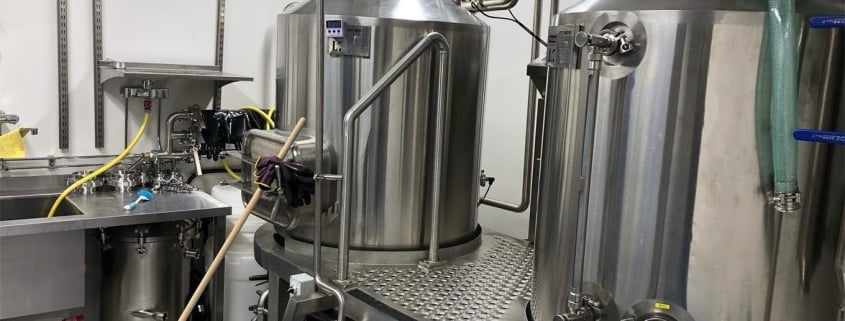Stainless Steel Fermenter: Homebrewers, Craft Brewers, and Professionals
Advantages of Stainless Steel Fermenters
Let’s get straight to it—why is stainless steel such a big deal when it comes to fermenters? Well, if you’re in the brewing game (whether it’s kombucha, craft beer, or bio-pharma fermentation), stainless steel fermenters are the gold standard. Here’s why.
First off, stainless steel is super durable. Unlike plastic or glass, it won’t warp, crack, or shatter under pressure. Think of it as the Superman of fermenters—tough, long-lasting, and immune to corrosion. That means you won’t have to replace it anytime soon, which is a win for your wallet in the long run.
But it’s not just about brute strength. Stainless steel offers superior sanitary conditions. It doesn’t scratch easily, so bacteria have fewer places to hide. That makes cleaning a breeze and contamination a much smaller concern. In brewing, cleanliness is everything—one rogue microbe can ruin an entire batch.
Temperature control is another plus. Many stainless steel fermenters come with built-in cooling jackets or coils that let you precisely dial in fermentation temps. Compare that to plastic fermenters where you’re mostly stuck at room temperature.
Last but not least: it looks cool. Sleek, shiny, professional. A stainless steel fermenter makes a statement—this is not a hobby, this is a passion.

Stainless Steel vs Other Fermenters: What’s the Best Choice?
Now, let’s put stainless steel fermenters up against the usual suspects: plastic, glass, and even wood. Each has its pros and cons, but the steel tank often comes out on top. Here’s a breakdown.
Plastic Fermenters vs Stainless Steel
Plastic fermenters are lightweight, cheap, and pretty easy to handle. That sounds good, right? Sure—until you realize they scratch easily, hold onto odors, and can’t handle high-temp sanitization. Plus, plastic can leach chemicals over time. Stainless steel is heavier and pricier, but infinitely more hygienic and robust. So if you’re serious about your brew, steel wins.
Glass Carboys vs Stainless Steel
Glass is great because it’s non-reactive and you can see your fermentation in action. But drop it once and—crash! Cleanup on aisle 3. Also, cleaning those narrow necks? Nightmare fuel. Compared to this, stainless steel is safer, easier to clean, and better for temperature control.
Wooden Barrels vs Stainless Steel
Wood has its charm. It can add complexity and character to wines or sour beers. But maintenance is intense—they dry out, get infected, and are expensive. Stainless steel? Always consistent. You get what you expect, every single time.
Applications of Stainless Steel Fermenter in Brewing and Beyond
So who uses stainless steel fermenters? Pretty much anyone serious about fermentation. Let’s explore the landscape.
Homebrewers love the small 5 to 14-gallon fermenters for beer, mead, or kombucha. These often come with tri-clamp fittings and dump valves, making transfers clean and easy.
Craft brewers use medium to large-scale units, often with glycol cooling jackets and CIP (Clean-in-Place) systems. From 50-gallon conicals to 15-barrel fermenters, these are built for efficiency.
Commercial beverage producers rely on fermenters for kombucha, cider, wine, and cold brew coffee. Stainless steel allows for consistent, high-volume production.
Biotech and pharmaceutical industries use stainless fermenters in bioreactors. Here, sterility and precision are paramount. These units are often jacketed, pressure-rated, and integrated with software systems.
Food fermentation (like soy sauce, yogurt, or sauerkraut) also benefits from the hygienic and durable nature of stainless steel.
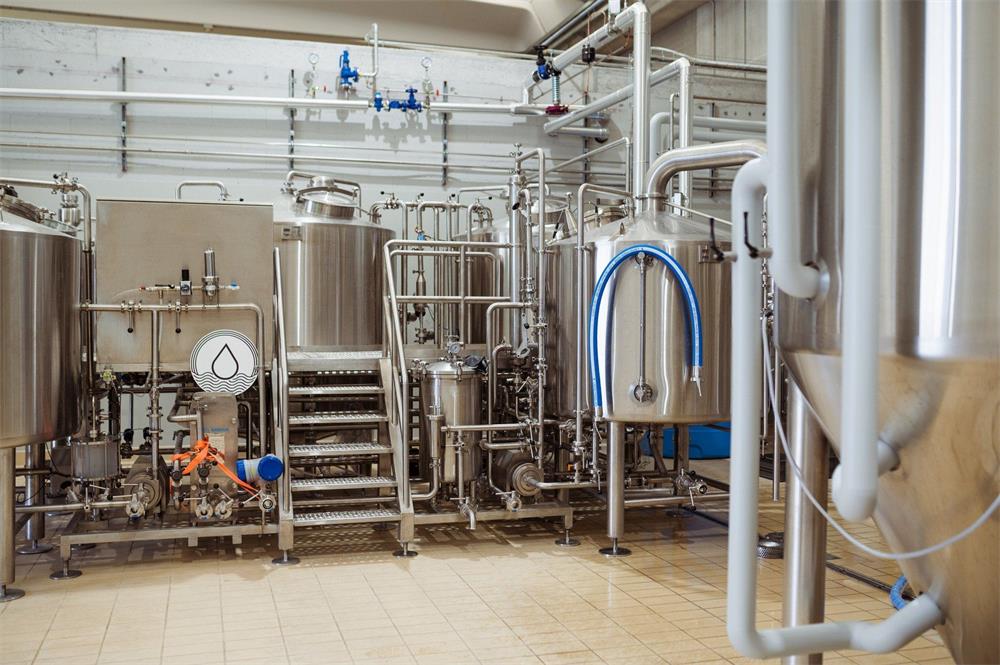
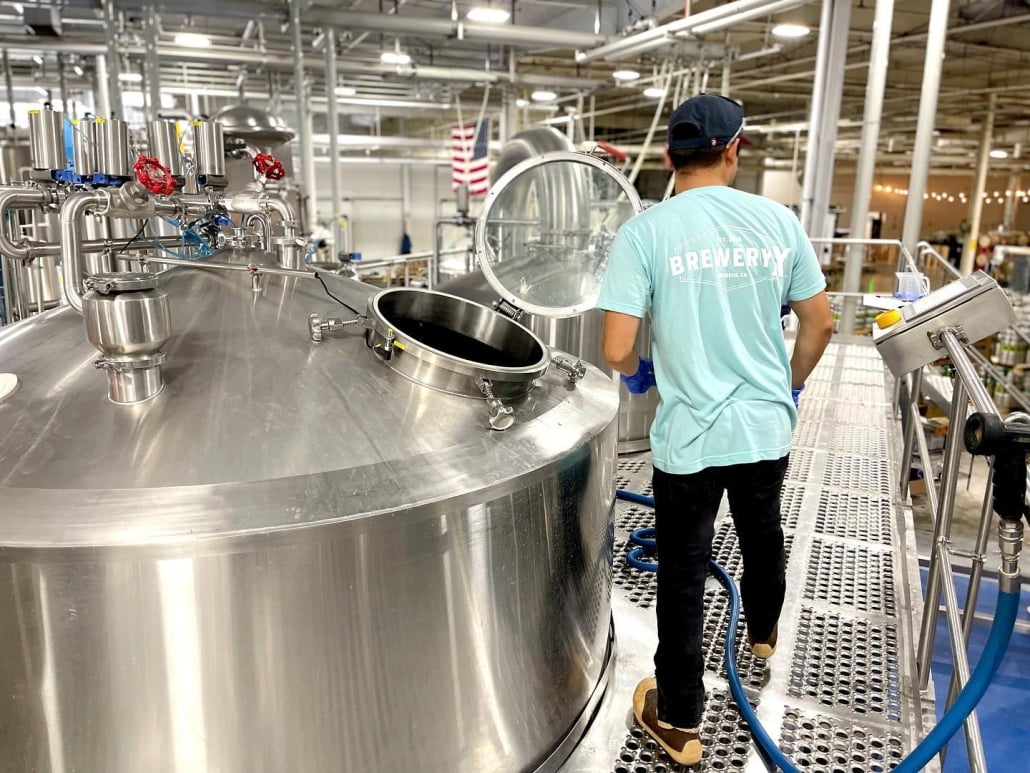
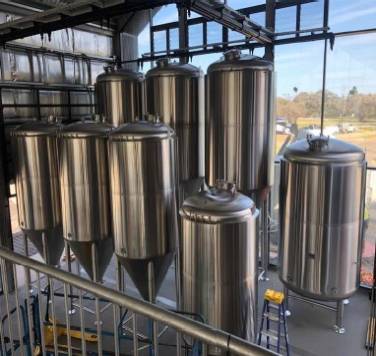
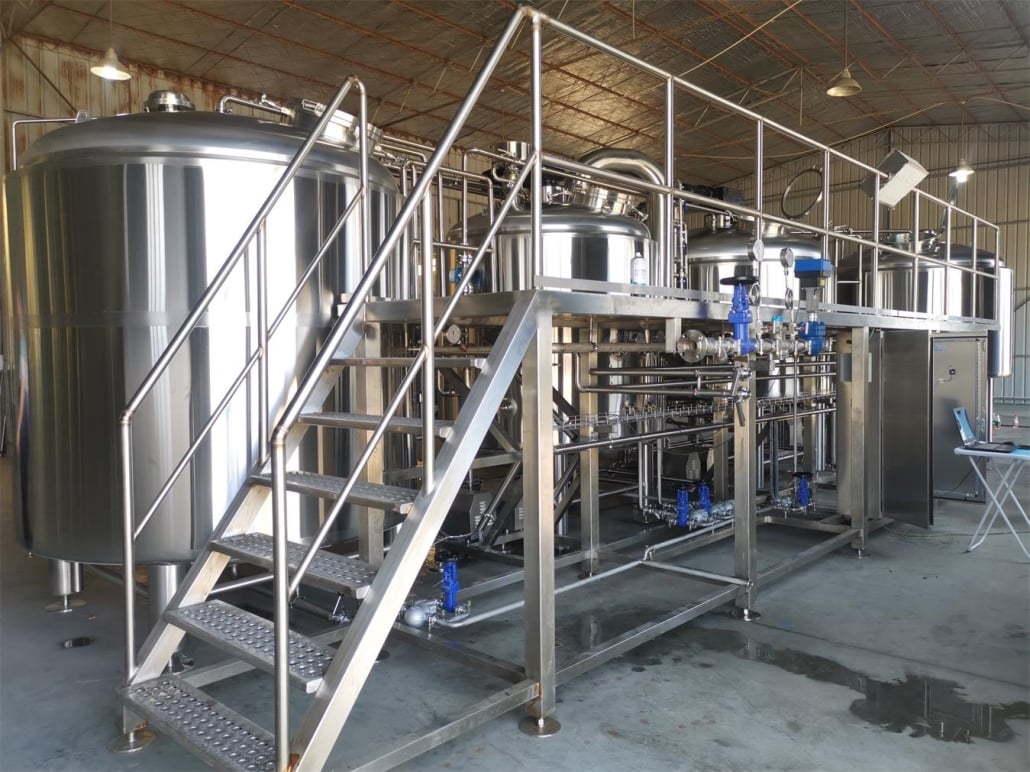
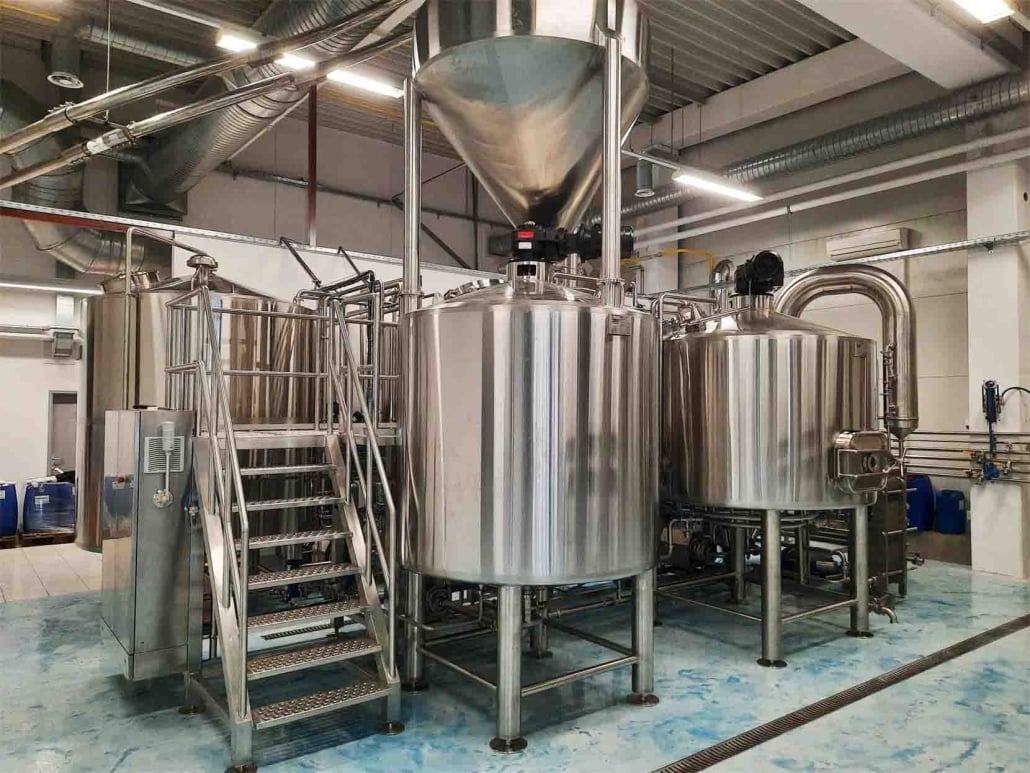
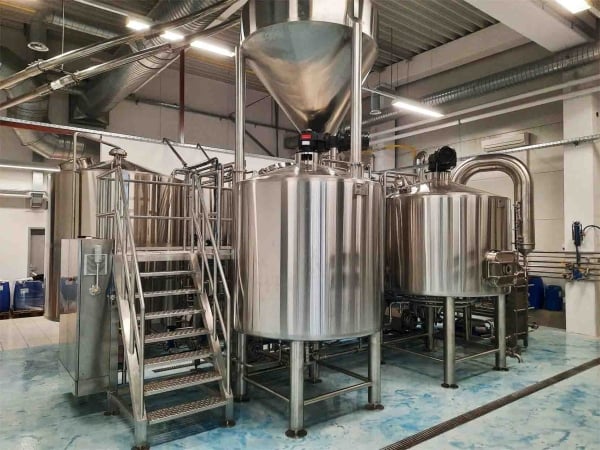
Specifications & Buying Guide for Stainless Steel Fermenters
Alright, so you’re sold. But what should you look for when buying one? This depends a lot on your use case and budget, so let’s unpack it with this comparison table for easy reference:
| Feature | Homebrewer Model (5-14 gal) | Craft Brewery (1-15 BBL) | Commercial/Pharma Grade |
|---|---|---|---|
| Material Grade | 304 Stainless Steel | 304/316 Stainless Steel | 316L Stainless Steel |
| Cooling | Optional coils | Glycol jacketed | Precision temperature control systems |
| Pressure Rated | Often not | Yes (up to 30 psi) | High (up to 100 psi or more) |
| Sanitation | Manual CIP recommended | CIP spray ball, sanitary fittings | Fully automated CIP/SIP systems |
| Price Range | $250 – $1,000 | $2,000 – $20,000 | $20,000 – $200,000+ |
| Features | Tri-clamp fittings, dump valve | Racking arm, pressure gauges | PLC control, SCADA integration |
Maintenance & Cleaning of Stainless Steel Fermenters
Let’s talk about the less glamorous side: cleaning. But here’s the good news—stainless steel makes this easier than most other materials.
Start by rinsing the fermenter right after use. Don’t let gunk dry out—it’s ten times harder to remove later. Use a brewery-approved cleaner (like PBW or caustic soda) for deep cleaning. For sanitizing, Star San or iodophor work wonders. Avoid using steel wool or anything that scratches.
Many pro models come with a CIP (Clean-in-Place) ball. Just hook it up to a pump, run your cleaning cycle, and let it do its thing. For homebrewers, a long-handled soft brush and some elbow grease usually suffice.
Polish your fermenter occasionally with a stainless cleaner to keep it looking fresh and free from build-up. Always dry it thoroughly to prevent water spots or surface rust.
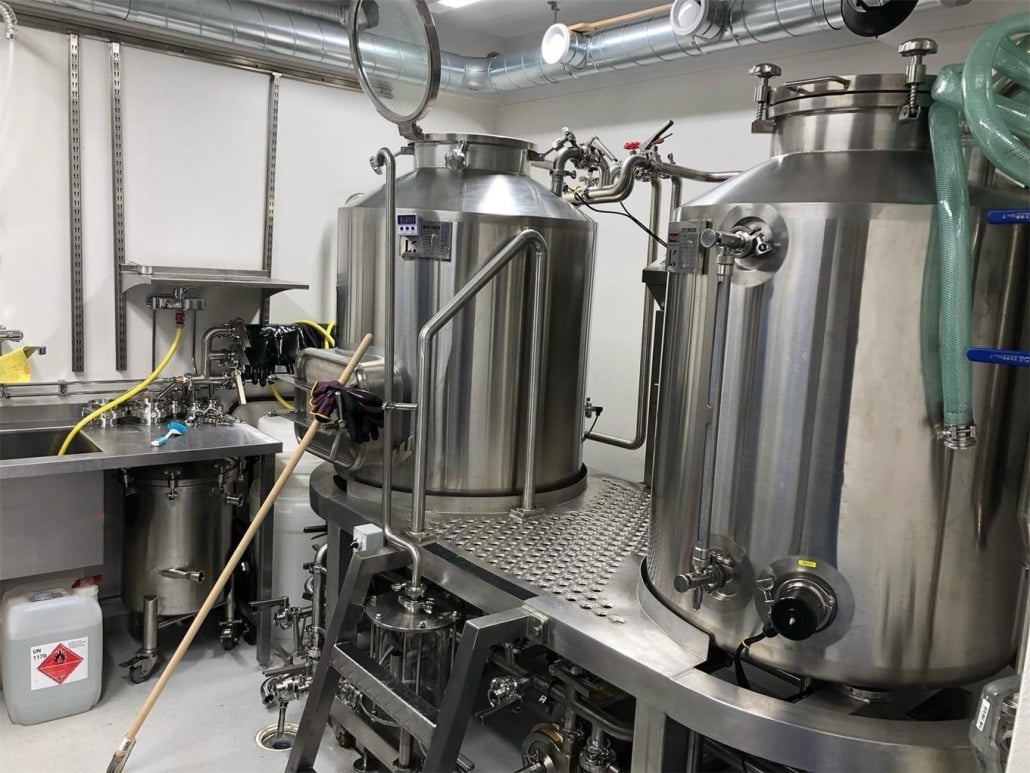
FAQ
| Question | Answer |
|---|---|
| Why choose stainless steel over plastic fermenters? | It’s more durable, hygienic, and offers better temperature control. |
| Can I ferment under pressure? | Yes, if your model is pressure-rated. Check the specs before attempting. |
| How long does a stainless fermenter last? | With proper care, decades. They’re a long-term investment. |
| Are they hard to clean? | Not at all! Most models are designed with easy cleaning in mind. |
| Can I use them for kombucha or wine? | Absolutely. They’re versatile and non-reactive. |
| What size should I get? | Depends on your batch size. Homebrewers might go for 5-14 gallons; craft brewers usually need 1-15 barrels or more. |

